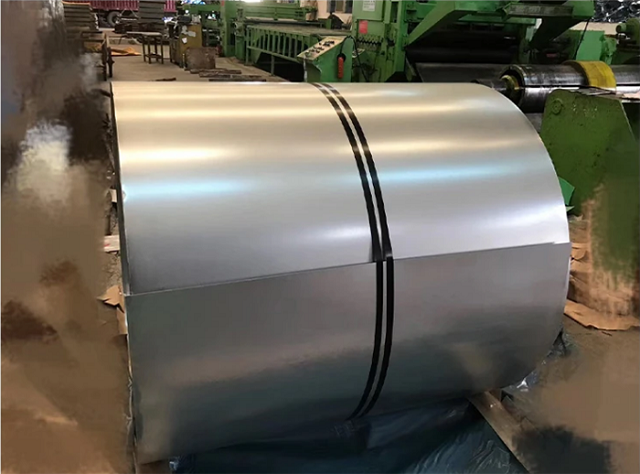 Language
▼
Language
▼
More Language
In the field of galvanized plate supply, maintaining product cleanliness and integrity is not only related to corporate image, but also directly affects product performance and service life. Therefore, galvanized plate suppliers must attach great importance to the cleaning and maintenance of galvanized plates in their daily operations. This article will delve into how galvanized plate suppliers should carry out daily cleaning and maintenance to ensure that the supplied galvanized plates are always in the best condition.
Rinse and dry: Rinse thoroughly with clean water to ensure there are no residual cleaning agents, then wipe dry with a clean soft cloth to avoid water stains and rust.

Caution: When handling, installing, and using galvanized plates, avoid using sharp or hard tools to avoid scratching the surface of the galvanized plate. At the same time, pay attention to avoiding heavy object impact or friction, and maintain the flatness and smoothness of the galvanized plate surface.
Moisture proof measures: If galvanized plate needs to be stored outdoors, it should be covered with rainproof cloth or other moisture-proof materials to reduce the erosion of rainwater or moisture.
Protective measures: When conducting chemical operations near galvanized plates, necessary protective measures should be taken, such as using protective pads, shields, etc., to prevent chemical substances from splashing onto the surface of galvanized plates.
China galvanized plate manufacturer: Boxing Shuangshengda Steel specializes in galvanized sheet, galvanized steel plate,Colour steel plate etc.We have a full range of product specifications and types, low prices, and more than 20 years of experience, worthy of your trust